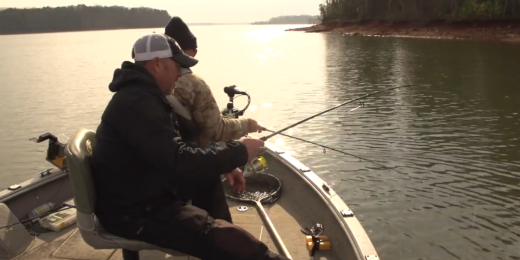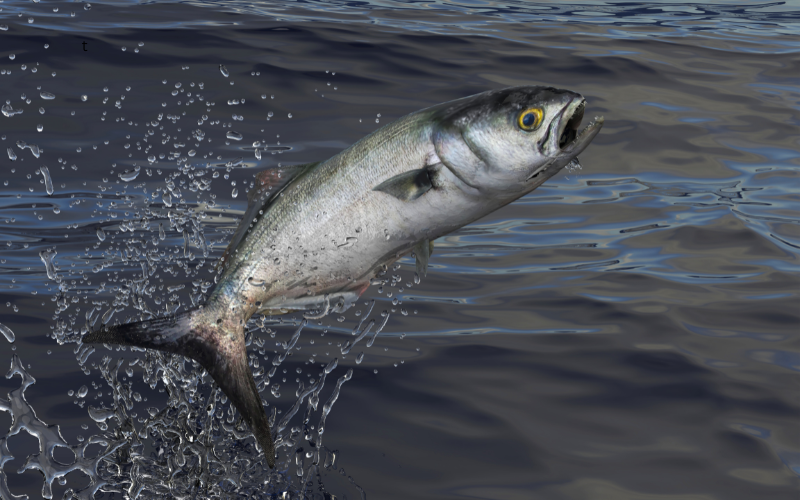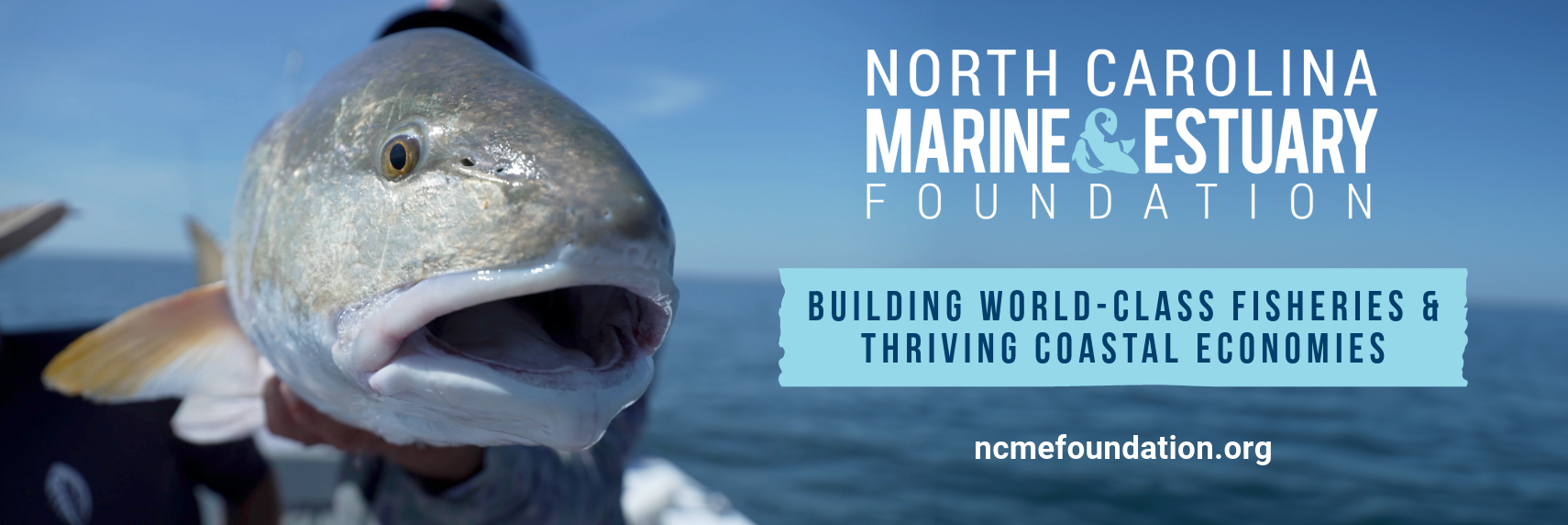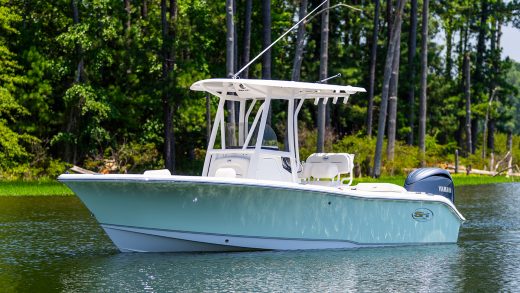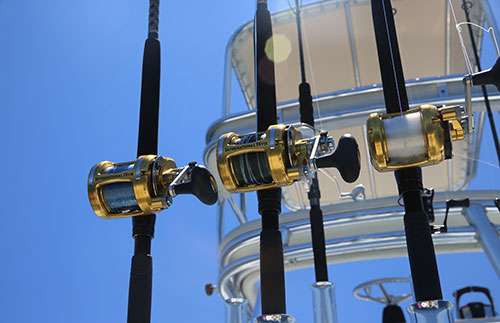Updated Bluefish Examination Shows Robust Gains
In 2022, our foundation created FINDEX, a novel metric used to describe the status of a fish stock. The premise is straightforward: measure the gaps (as a ratio) between the desired management condition of a fish population vs. its existing condition, as determined by a peer-reviewed mathematical model.
Most models provide an examination of spawning stock biomass (the number of spawning females) and fishing mortality (the rate at which fish are removed from a stock). Based on the results, two terms are then used to assign a stock status: overfished and overfishing.
Overfished relates to spawning stock biomass. If it’s too low, then the population is overfished. If spawning stock biomass is at or above the target value, then it is not overfished.
Overfishing relates to fishing mortality. If it’s too high, then overfishing is said to be occurring. If fishing mortality is at or below the target value, then overfishing is not occurring.
There’s nothing wrong with these terms, as they are the established standard used by stock assessment scientists and fisheries biologists nationwide. But the concepts can be confusing, and they often stop short of providing a true barometer of stock performance.
FINDEX blends results from the two model parameters, provides a single value to categorize stock performance, and establishes new, easier-to-understand terminology to describe how a population is doing.
And that’s what brings us to bluefish!
The management track stock assessment for bluefish was released this summer with data through 2024. Results from the report concluded that bluefish are not overfished and overfishing is not occurring.
But a deeper dive using FINDEX reveals that the population is performing exceptionally well relative to the established target values for fishing mortality and spawning stock biomass. So well, in fact, that the FINDEX value of 191.1% falls into the “Robust” category.
For perspective, a FINDEX value of 100% would describe a “Stable” population, where the target values and the values for the most recent data year in the assessment are the same, meaning there is no gap and the ratio is 1.
What has changed since the last bluefish stock assessment? For starters, the fishing mortality estimates in the new model showed a continual decline from 2020-2024, with the values remaining well below target. In response to these lower removals of bluefish, the model then calculated an increasing trend in the number of spawning females.
Since 2020, a 3-fish bag limit for bluefish has been in place, with a 5-fish limit for for-hire anglers. Based on the updated stock assessment results, higher commercial and recreational quotas are coming for 2026. The plan is to increase the bag limit to 5 fish for private anglers and 7 fish for for-hire anglers.
To learn more about our FINDEX calculations and bluefish in general, check out our updated species profile here.
You may be interested
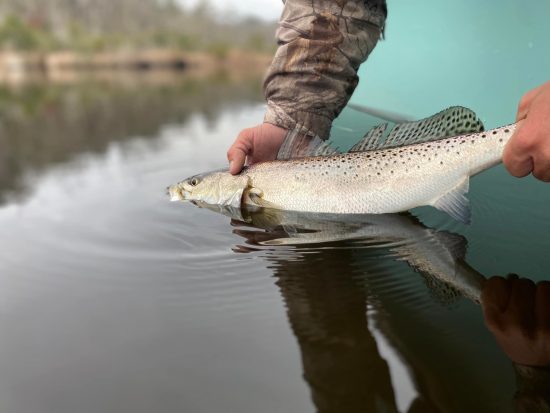
Benefits To Fishing In Cooler Weather
Tim Wilson - December 1, 2025We all love fishing the warm summer months of the Coastal Carolina’s That’s largely because inshore fishing is great thanks to the more aggressive feeding habits of…
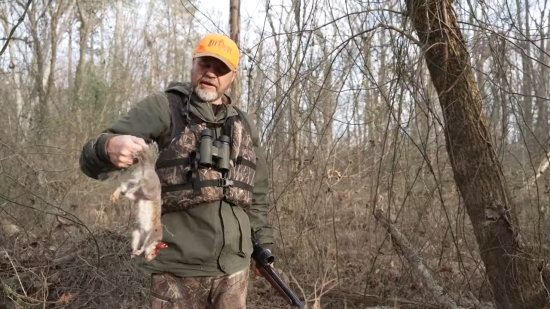
River Floating For Squirrels!
Tim Wilson - December 1, 2025It's late winter and Chris is quietly floating along a small river in his Creek Boat watching the trees for squirrels! The squirrels are plentiful and there's…

Deer Movement in the Wind: Myths vs. Reality
Tim Wilson - December 1, 2025Wind is one of the most misunderstood factors in deer hunting. Ask five hunters whether deer move in the wind, and you’re likely to get six answers…
Most from this category
